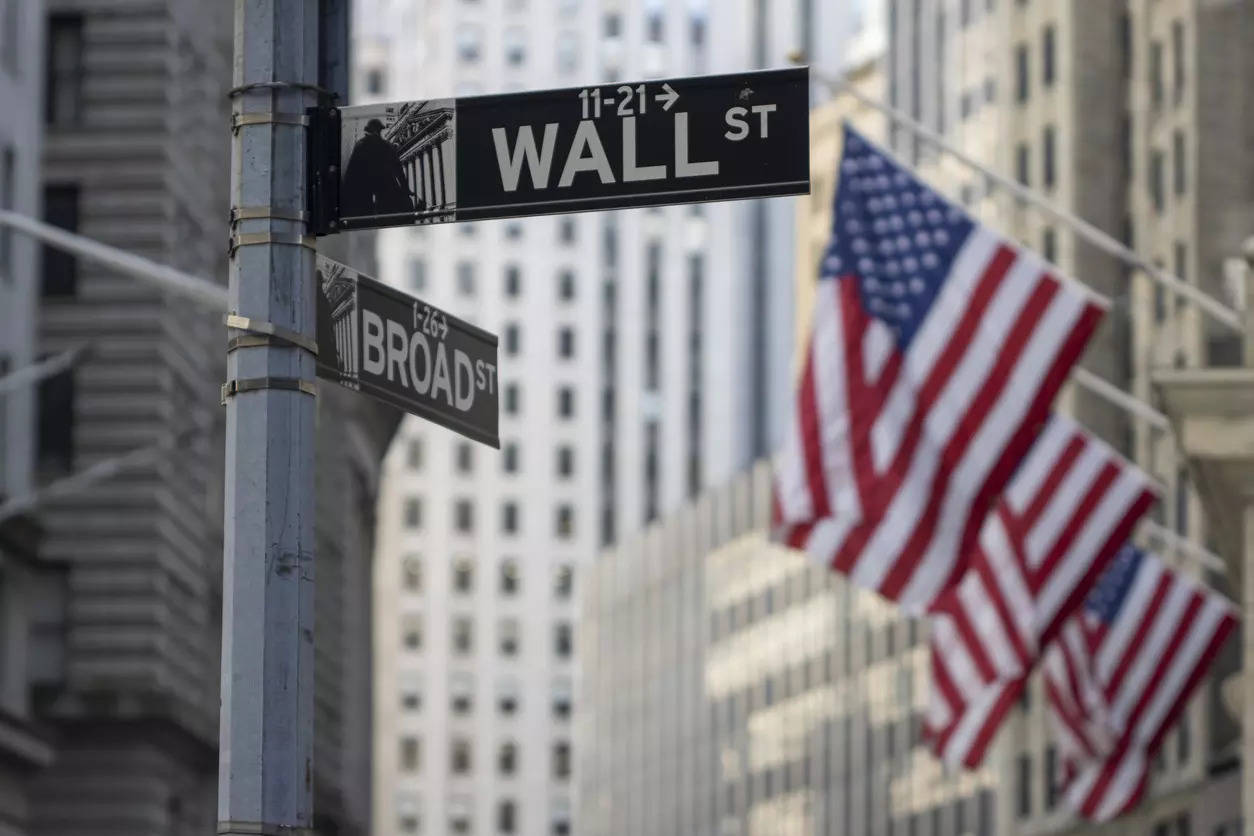US stocks dip as traders assess hot inflation data; chip stocks weigh
At 11:31 a.m. ET, the Dow Jones Industrial Average was down 111.46 points, or 0.29%, at 38,931.86, the S&P 500 was down 18.19 points, or 0.35%, at 5,147.12 and the Nasdaq Composite was down 36.65 points, or 0.23%, at 16,141.12.
Wall Street's main indexes slipped on Thursday after hotter-than-expected producer prices data likely muddied bets around the timing of the Federal Reserve's first rate cut and high-flying chip stocks extended their losses.Most megacap growth and technology stocks inched higher, but artificial intelligence (AI) giant Nvidia fell 3.6%.
Chipmakers such as Intel and Advanced Micro Devices fell more than 1% each, while the Philadelphia SE Semiconductor Index shed 1.6%.
Eight of the 11 major S&P 500 sectors fell, with rate-sensitive real estate leading losses, down by 2%.
The Russell 2000, tracking small-cap stocks, fell 1.8%, underperforming its Wall Street peers.
A Labor Department report showed the Producer Price Index (PPI) rose 0.6% month-on-month in February, compared with a 0.3% increase expected by economists polled by Reuters, amid a surge in the cost of goods like gasoline and food.
It rose 1.6% in the 12 months to February, versus an estimated growth of 1.1%.
U.S. retail sales rebounded in February, rising 0.6% last month, but below expectations of a 0.8% advance.
"In a way, today was the past month in microcosm - sticky inflation, combined with signs of softness elsewhere in the economy," said Chris Larkin, managing director of trading and investing at E*TRADE from Morgan Stanley.
"Retail sales may have come in below estimates, but the PPI was even more of an upside surprise than Tuesday's CPI."
Traders now see a 62% chance of the Fed cutting rates in June, according to the CME FedWatch tool, down from 67% before the data.
Meanwhile, the number of Americans filing for unemployment claims stood at 209,000 for the week ended March 9, compared to an estimated 218,000 claims, according to another Labor Department report.
The raft of economic data comes ahead of the Fed's policy meeting next week, where the focus will be on possible cues about how soon the central bank could kick off the rate-easing cycle.
At 11:31 a.m. ET, the Industrial Average was down 111.46 points, or 0.29%, at 38,931.86, the S&P 500 was down 18.19 points, or 0.35%, at 5,147.12 and the Composite was down 36.65 points, or 0.23%, at 16,141.12.
Tesla slid 3.7% after UBS cut the EV maker's price target and lowered its first-quarter delivery forecast.
Shares of Robinhood Markets advanced 6.5% after the trading app operator said its assets under custody rose 16% in February.
Aerospace and defense company RTX gained 1.6% after Wells Fargo upgraded its rating to "overweight" from "equal weight".
Declining issues outnumbered advancers for a 4.21-to-1 ratio on the NYSE and a 3.16-to-1 ratio on the Nasdaq.
The S&P index recorded 38 new 52-week highs and no new lows, while the Nasdaq recorded 47 new highs and 115 new lows.
Source: Stocks-Markets-Economic Times
